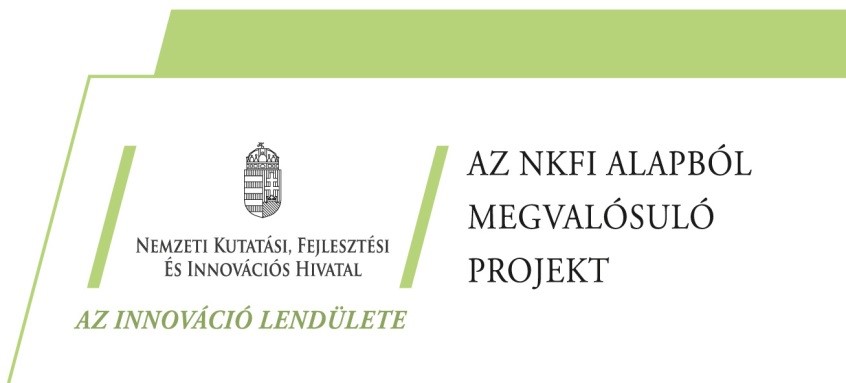A successful demonstration event for the INTRO:4.0 EUREKA project.
In order to demonstrate the end of a current 2-year-long R&D joint project, MTA SZTAKI and the consortium-leader HEPENIX Ltd. had jointly organized a conclusive event for a large number of industry-oriented experts. The target of the INTRO:4.0 project was to support and enable SMEs and other industrial enterprises to introduce new industrial technologies, offered by the international movement named Industry 4.0. The project aimed to serve Use-Cases, digital technologies to the manufacturing and other industrial companies.
EOQ, the Hungarian National Body of the European Organization for Quality helped to invite a large number of professionals from various SMEs and industrial partners, to spread the achievements of the research and development work.
MTA SZTAKI presentations were delivered by project and laboratory managers, while from HEPENIX Ltd, the Director of Business Development had presented the results, with high relevance and usage potential for interested SMEs. The results include: the development of a comprehensive questionnaire within the NTP „IPAR4.0” the developed „Readyness-Level” measuring technology; and „EMESE”, a SMART service prototype demonstrating the co-evolution of ERP and MES systems.
The presentations were followed by laboratory visits. The Machine Perception Laboratory demonstrated the multi-user 3D application-environment, e.g. the Apertus Vitual Reality maintenance and fault-localising Use-Case. With the integration of the Cyber-Twin, the entities of the pilot manufacturing sites can easily be immersed into the the virtual space, thus, experts can be „teleported” to a modelled enviroment independently of the remote site’s distance, they can freely walk around and inside of objects, machines, walls, etc. without traveling to the site personally. The novel KÜKLOPS Use-Case offers telediagnostics, telepresence for the service personels, as SMART services that can immediately bring profit and work efficiency for the field-service and maintenance personnels.
At the environment of the SMART FACTORY, Research Laboratory on Engineering & Management Intelligence, guests saw the human-robot communication with the support of gestures and sound effects.
Data and trends, videoimages, as well as simulated and animated displays of real-time and simulated production processes can be simultaneously displayed on the large, touch-screen display of the COCKPIT use-case. With the creation of the Cyber-Twin, through the simulation of continuously refined models and the optimization of production processes a significant advantage can be gained in the economic results.

